In a world increasingly dominated by screens and digital distractions, our eyes often bear the brunt of modern living. While they are perhaps our most underappreciated sense, the importance of maintaining optimal eye health cannot be overstated. Just as a painter meticulously cares for their brushes to create lovely works of art, we too must nurture and protect our vision to fully appreciate the vibrant world around us. In this article,we explore effective ways to enhance and safeguard our eye health,offering practical tips and insights that can definitely help every reader see life in all its brilliance. From lifestyle adjustments to dietary considerations, join us on a journey towards clearer, healthier vision.
table of Contents
- Understanding the Importance of Eye Health
- Recognizing Common Eye Conditions and Their Symptoms
- Nutrition for Vision: Foods That Support eye Wellness
- The Role of Hydration in Maintaining Eye Health
- Incorporating Eye Exercises into Your Daily Routine
- The Impact of Screen Time on Vision and How to Mitigate Effects
- Choosing the Right Eyewear for Different Activities
- Regular Eye Exams: A Key to Preventive Care
- Protecting Your Eyes from Environmental Hazards
- The Benefits of a Healthy Lifestyle Beyond Vision
- Q&A
- Wrapping Up
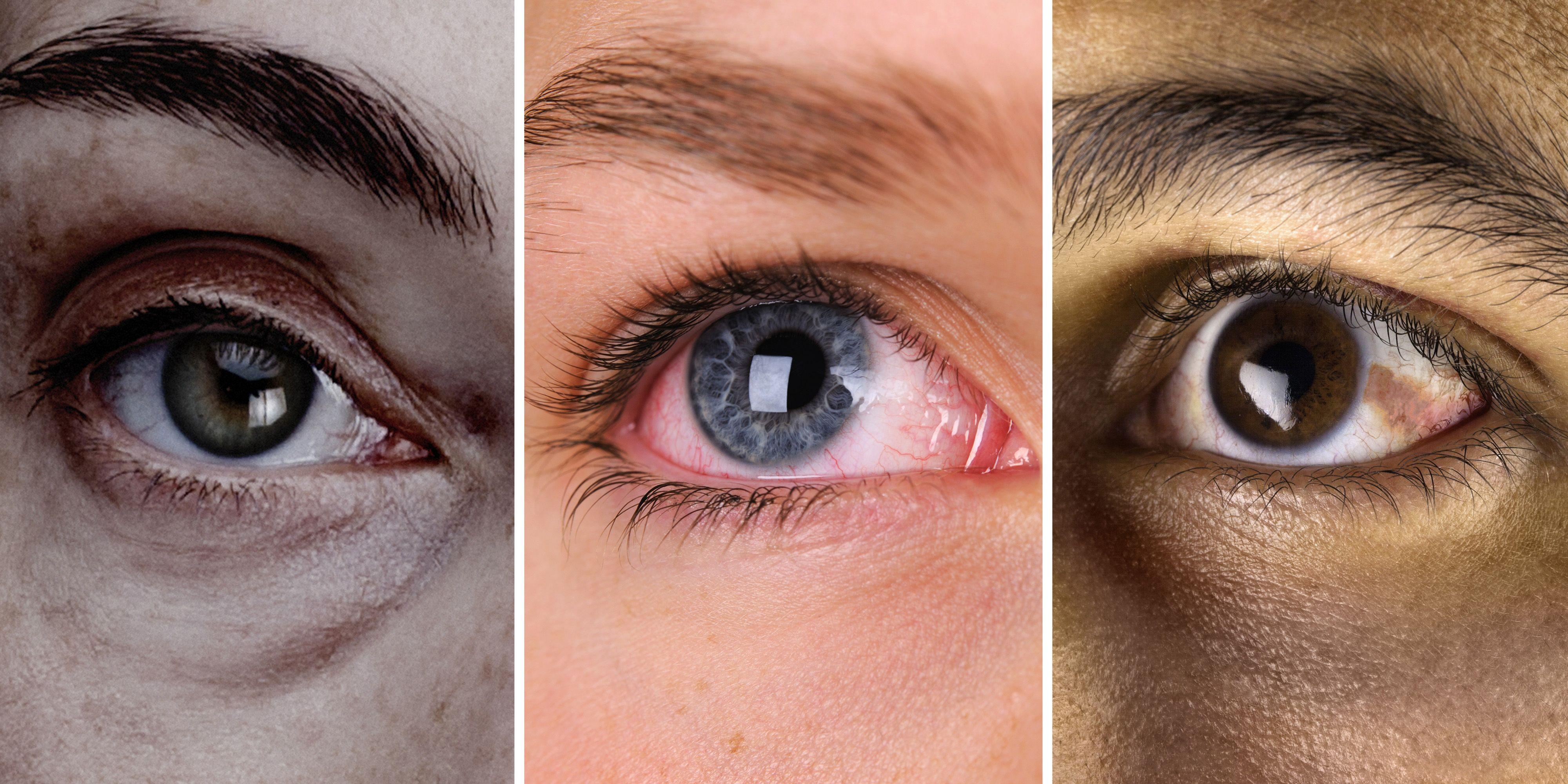
Understanding the Importance of Eye Health
our eyes are not just windows to our souls; they are essential organs that enable us to navigate the world around us. Recognizing the importance of eye health is paramount as it affects our overall quality of life. According to research, more than 2.7 billion people globally suffer from some form of visual impairment. This statistic underscores the need for proactive measures towards maintaining eye health, making it imperative to understand the factors that contribute to good vision.
Engaging in regular eye exams is a foundational step in safeguarding vision. Routine visits to an eye care professional can definitely help in early detection and management of potential eye conditions such as glaucoma and macular degeneration. These issues can slowly degrade vision, often without noticeable symptoms until significant damage has occurred. Early intervention can lead to effective treatment and better outcomes for eye health.
Nutrition plays a crucial role in maintaining optimal eye function. A diet rich in vitamins and minerals can bolster eye health substantially. For instance, nutrients such as omega-3 fatty acids, vitamins C and E, and zinc are linked to reduced risk of eye diseases. Consider incorporating the following foods into your meals:
- Leafy greens (spinach, kale)
- Citrus fruits (oranges, lemons)
- Oily fish (salmon, tuna)
- Carrots
- Nuts and seeds (walnuts, flaxseeds)
Additionally, protecting your eyes from harmful blue light, especially in today’s digital age, is critical.Excessive exposure to screens can lead to digital eye strain, presenting symptoms like dryness, irritation, and blurred vision. There are various strategies to mitigate these effects:
| Strategy | Description |
|---|---|
| 20-20-20 Rule | Every 20 minutes, look at something 20 feet away for 20 seconds. |
| Screen Filters | Use blue light blocking glasses or screen protectors. |
| Proper Lighting | Ensure your workspace has adequate lighting to reduce contrast. |
Regular physical activity also contributes to healthy vision. Exercise improves blood circulation, which is vital for eye health, and can help lower the risk of conditions such as diabetes—a leading cause of blindness. Simple activities like walking, jogging, or following an online workout can make a significant difference. By embracing holistic practices, we can ensure that our eyes continue functioning well for years to come.
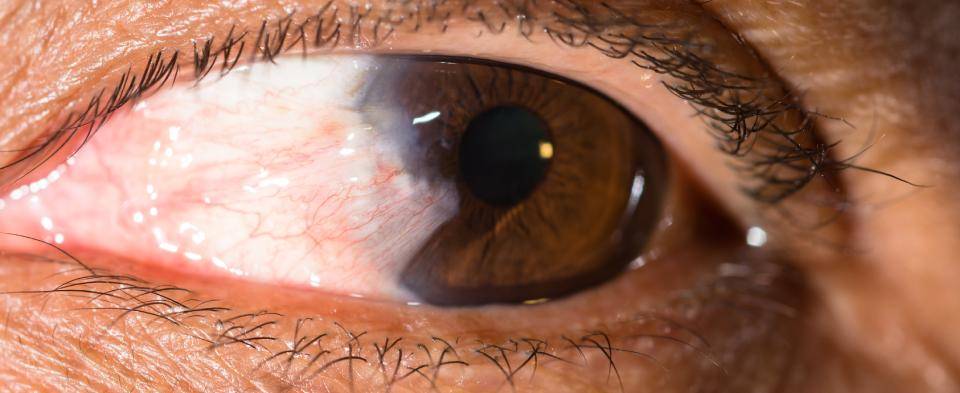
Recognizing Common Eye Conditions and Their Symptoms
many individuals frequently enough overlook the subtle signs of eye conditions, dismissing them as trivial or temporary inconveniences. However, early recognition of common eye conditions can dramatically improve outcomes and foster better overall eye health. Understanding your eyes’ signals is a vital step toward proactive care.
One frequent issue is dry eyes, which can occur due to environmental factors or prolonged screen time. Common symptoms include:
- Persistent dryness
- Burning sensation
- Red eyes
- Increased sensitivity to light
- Watery eyes (as a reflexive response)
Conjunctivitis, often referred to as pink eye, is characterized by inflammation of the eyeS outer membrane.Look out for the following symptoms:
- Redness in the white part of the eye
- Itchy or burning sensation
- Discharge or tearing
- Crusty eyelids upon waking
Cataracts present a gradual decline in vision, often going unnoticed at frist. Keep an eye out for these indicators:
| Symptom | Description |
|---|---|
| Blurry vision | Objects may seem cloudy or fuzzy. |
| Difficulty with night vision | Struggling to see in low light conditions. |
| Halos around lights | Seeing rings around lights at night. |
Lastly, keep in mind that age-related macular degeneration (AMD) primarily affects central vision, leading to devastating implications if not addressed. Symptoms may include:
- Blurred or distorted central vision
- Difficulty recognizing faces
- Dark or empty areas in central vision
- inability to see in fine detail

Nutrition for Vision: Foods That Support Eye Wellness
To maintain healthy vision, incorporating specific nutrients through diet is essential. Certain foods are renowned for their ability to support eye wellness due to their rich content of vitamins, minerals, and antioxidants. By focusing on these foods, you can help protect your eyes from common ailments and support overall eye health.
Leafy greens like spinach, kale, and Swiss chard are packed with lutein and zeaxanthin, two antioxidants that filter harmful high-energy light waves and protect the retina. Regular consumption can reduce the risk of age-related macular degeneration (AMD) and cataracts. Aim to fill your plate with these vibrant greens, adding them to salads, smoothies, or stir-fries.
Incorporating colorful fruits and vegetables into your diet can also yield significant benefits.Foods such as carrots, bell peppers, and sweet potatoes are rich in beta-carotene, a precursor to vitamin A that promotes good vision and helps prevent night blindness. consider including a variety of these colorful options in your meals to maximize nutrient intake.
| Food | Nutrient | Benefit |
|---|---|---|
| Blueberries | Antioxidants | Protect against visual impairment |
| Fatty fish | Omega-3 fatty acids | Reduce risk of dry eyes |
| Eggs | Lutein, zeaxanthin, zinc | Enhance retina health |
Nuts and seeds, notably almonds, walnuts, and chia seeds, are another excellent source of omega-3 fatty acids and vitamin E. These nutrients play crucial roles in maintaining eye moisture and preventing degenerative eye conditions. Snack on a handful of nuts or sprinkle seeds onto your salads and cereals for a nutritious boost.
drinking sufficient amounts of water is vital for maintaining eye health. Staying hydrated ensures that your body functions optimally while also keeping your eyes lubricated. Pair your water intake with herbal teas,which can further enhance moisture levels and provide additional antioxidants beneficial for your vision.

The Role of Hydration in Maintaining Eye Health
Hydration plays a crucial role in maintaining optimal eye health, frequently enough overlooked yet vital to our overall well-being. The eyes, like every other organ in the body, require sufficient water to function properly. Insufficient hydration can lead to dryness, discomfort, and even long-term health issues. Keeping hydrated ensures that the tear film, which protects and lubricates the eyes, remains intact, helping to prevent irritation and maintain visual clarity.
Consuming adequate fluids not only supports the tear film but also nourishes the delicate tissues within the eyes. Dry eyes can emerge when the body lacks sufficient water, causing symptoms such as itching, burning, or a gritty feeling. This condition can be particularly exacerbated by environmental factors like air conditioning, pollution, or prolonged screen time. Thus, staying hydrated is essential, especially in our technology-driven world, to ensure that these symptoms remain at bay.
To promote hydration for optimal eye function, consider incorporating the following strategies into your daily routine:
- Drink Water Regularly: Aim for at least 8 glasses a day, adjusting based on individual needs and activity levels.
- consume Hydrating Foods: Include fruits and vegetables with high water content, such as cucumbers, oranges, and strawberries in your meals.
- limit Caffeine and Alcohol: Both substances can dehydrate the body; moderation is key to maintaining proper hydration levels.
- Set Reminders: Use apps or alarms to remind yourself to drink water throughout the day, especially during busy periods.
In addition to these practical tips, maintaining a balanced diet rich in essential nutrients can further enhance hydration’s effects on eye health. Nutrients like Omega-3 fatty acids, Vitamin A, and lutein can support the eyes’ structure and function. Foods such as salmon, carrots, and leafy greens, when included in a diet, complement the benefits of hydration and contribute to overall vision wellness.
To summarize the importance of hydration for eye care, consider the following table showcasing essential hydration factors and their benefits:
| Hydration Factor | Benefit |
|---|---|
| Water Intake | Improves tear production and combats dryness. |
| Fruits & Vegetables | Provides hydration and essential nutrients. |
| omega-3 Fatty Acids | Reduces inflammation and promotes eye health. |
| limit dehydrating Substances | Prevents further moisture loss. |
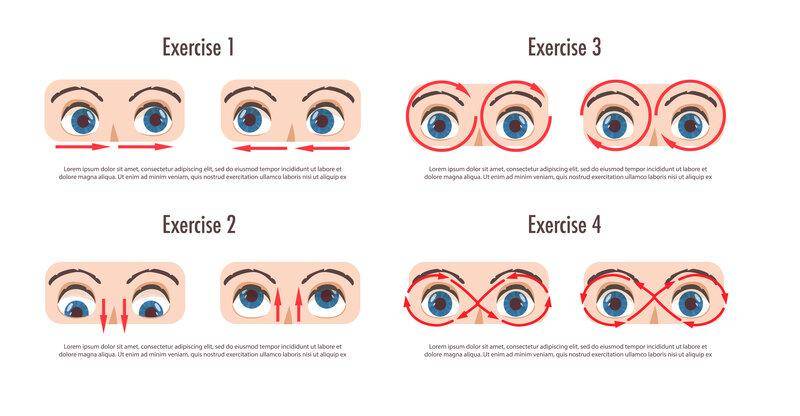
Incorporating Eye Exercises into Your Daily Routine
Integrating eye exercises into your daily routine is a simple yet impactful way to enhance your eye health.Just like the rest of your body, your eyes require regular conditioning to remain sharp and functional. consider the 20-20-20 rule: every 20 minutes of screen time, take a 20-second break to look at something 20 feet away. This practice helps to reduce digital eye strain and gives your eyes a chance to relax and refocus.
Creating a designated time for eye exercises can facilitate consistency. Incorporate exercises into your morning or evening rituals. Try setting aside just a few minutes each day to perform a series of eye movements. Some effective exercises include:
- palming: Rub your hands together to generate warmth, then gently cup your palms over your closed eyes. Hold for a minute.
- Focus Change: Hold your finger a few inches from your nose and focus on it, then shift your gaze to something farther away. Repeat multiple times.
- Side to Side: Keep your head still and move your eyes left to right, then up and down, for about 10 seconds each direction.
You can also execute these exercises during breaks or while waiting in line, making them an effortless addition to your daily life. Additionally, setting a daily reminder on your phone can definitely help you keep track of when to perform your eye exercises.Over time, they can lead to improved vision clarity and reduced fatigue.
Pairing eye exercises with proper hydration and a nutritious diet will amplify their benefits. Foods rich in vitamins A, C, and E, along with omega-3 fatty acids, support eye health. Consider the following nutritional essentials:
| Food | Nutrient Benefits |
|---|---|
| Carrots | High in Vitamin A, essential for good vision. |
| Citrus fruits | Rich in Vitamin C, helps reduce the risk of cataracts. |
| Salmon | Contains omega-3 fatty acids beneficial for eye moisture. |
remember that achieving optimal eye health extends beyond exercises and diet. Maintaining regular eye check-ups with an eye care professional ensures any potential issues are addressed promptly. Incorporating these habits into your life can lead to clearer vision, decreased strain, and overall better eye health.
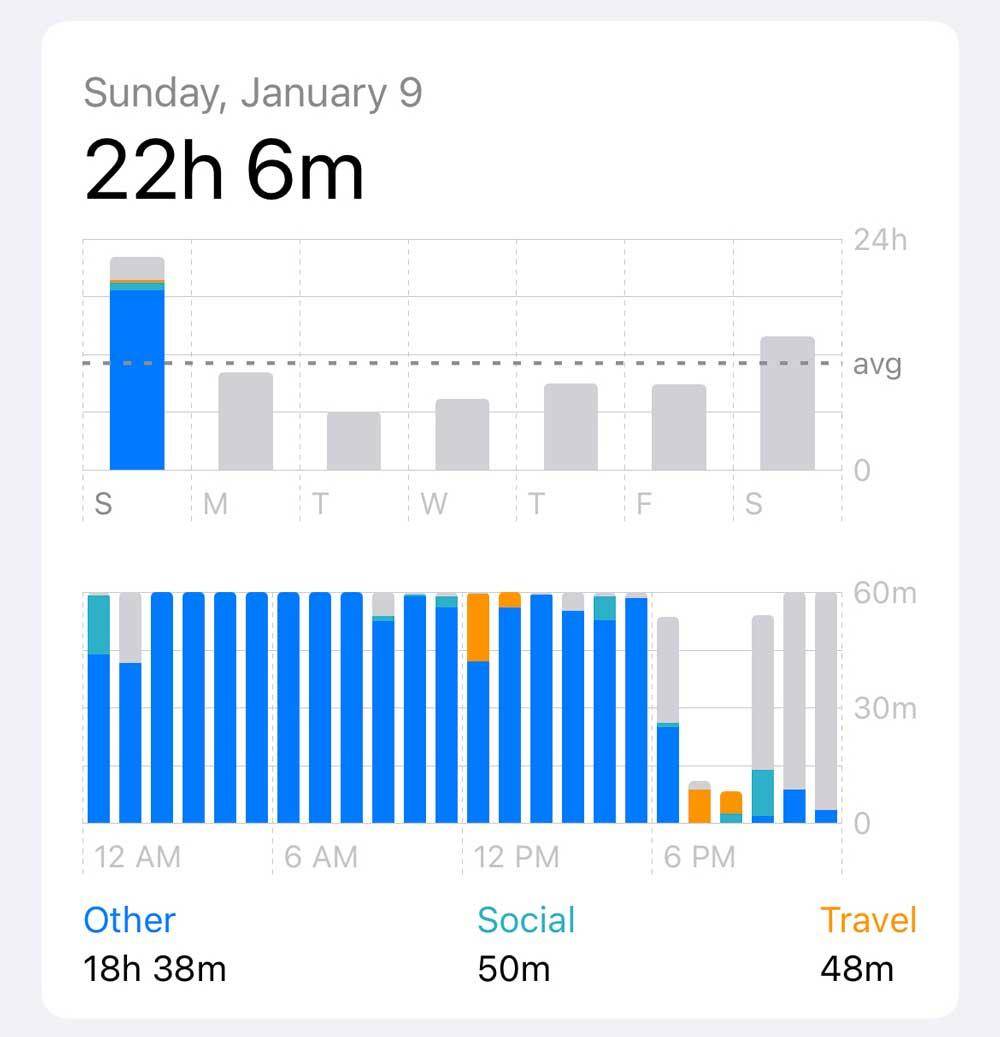
The Impact of Screen Time on Vision and How to Mitigate Effects
Excessive screen time has become an integral part of our daily lives, leading to a myriad of vision-related issues. Prolonged exposure to digital devices can contribute to digital eye strain, also known as computer vision syndrome. Symptoms include discomfort, dryness, blurred vision, and headaches, affecting both productivity and overall well-being.Understanding these effects is essential for anyone who relies heavily on screens for work, study, or leisure.
One of the primary concerns regarding screen time is the blue light emitted by electronic devices. Blue light can interfere with our circadian rhythms and may pose risks for retinal health over time. despite the hype surrounding blue light, research continues to explore its long-term effects. Fortunately,various strategies can definitely help mitigate these risks,allowing us to enjoy our screens while being mindful of our eye health.
To combat the negative impacts of screen time,consider adopting the 20-20-20 rule: every 20 minutes,take a 20-second break to look at something 20 feet away. This simple practice helps relax the eye muscles and reduces strain. Additionally, modifying your workstation set-up can significantly improve comfort. Key adjustments include:
- Position your screen at arm’s length, with the top of the display at or slightly below eye level.
- Ensure proper lighting to minimize glare from windows and overhead lights.
- Use anti-reflective glasses or blue light-filtering lenses to reduce exposure.
Incorporating regular eye exercises into your routine is another effective measure for maintaining eye health. Exercises such as blinking frequently to moisten the eyes, rolling your eyes, and changing focus between nearby and distant objects can help alleviate strain. Moreover,nutrition plays a vital role in preserving vision. A diet rich in vitamins A, C, and E, as well as omega-3 fatty acids, can bolster eye health.Below is a summary of beneficial nutrients and their sources:
| Vitamin/Nutrient | Sources |
|---|---|
| Vitamin A | Carrots, spinach, sweet potatoes |
| Vitamin C | Citrus fruits, berries, bell peppers |
| Omega-3 Fatty Acids | Fish, flaxseeds, walnuts |
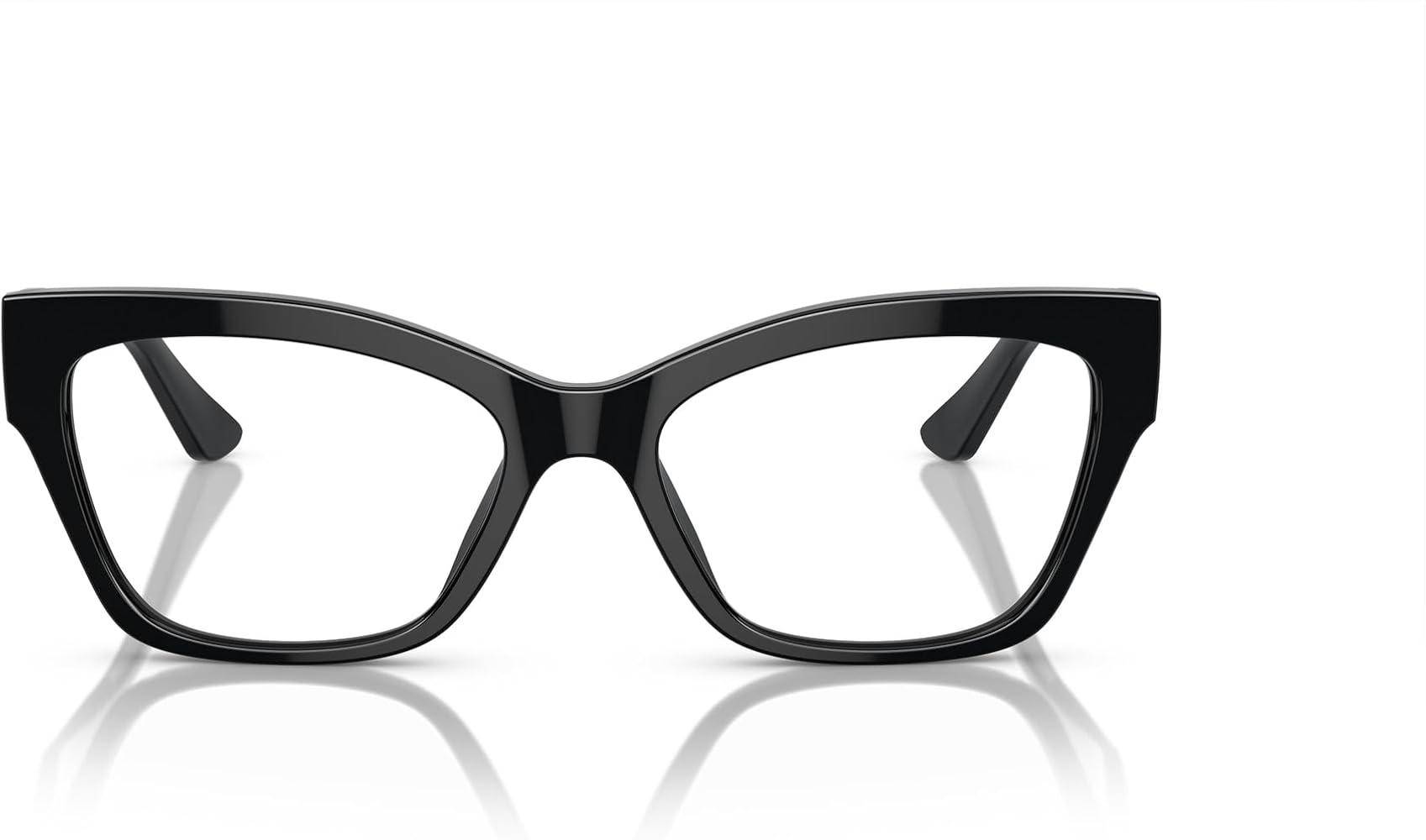
Choosing the Right Eyewear for Different Activities
Choosing the right eyewear is essential for safeguarding your vision while engaging in various activities. Whether you’re an avid sports enthusiast or a casual reader, selecting lenses that cater to your specific needs can greatly enhance both performance and comfort.
For outdoor activities such as hiking,cycling,or running,consider investing in polarized sunglasses. These lenses are designed to reduce glare from reflective surfaces, like water or pavement, making it easier to see in bright conditions. Additionally, look for eyewear that offers UV protection to shield your eyes from harmful rays during your adventures.
When it comes to indoor activities, like reading or working on a computer, blue light blocking glasses can be a game changer. These lenses help filter out blue light emitted from screens, which can contribute to digital eye strain. Ensure that the glasses you choose have an anti-reflective coating to minimize distractions while improving clarity and comfort.
For those who play sports, specialized eyewear tailored to your game can provide both protection and performance enhancement. For example:
| Sport | Recommended Eyewear |
|---|---|
| Basketball | Lightweight,impact-resistant goggles |
| Swimming | Aqua-durable swim goggles |
| Golf | Photochromic lenses that adjust to light |
Lastly,for driving,look for prescription sunglasses that not only enhance visibility but also deliver comfort during long hours behind the wheel. As glare can be particularly intense when driving on sunny days, ensure your sunglasses have a wrap-around design to offer better peripheral vision and coverage. Making informed choices about the eyewear you use in different situations is key to maintaining overall eye health.
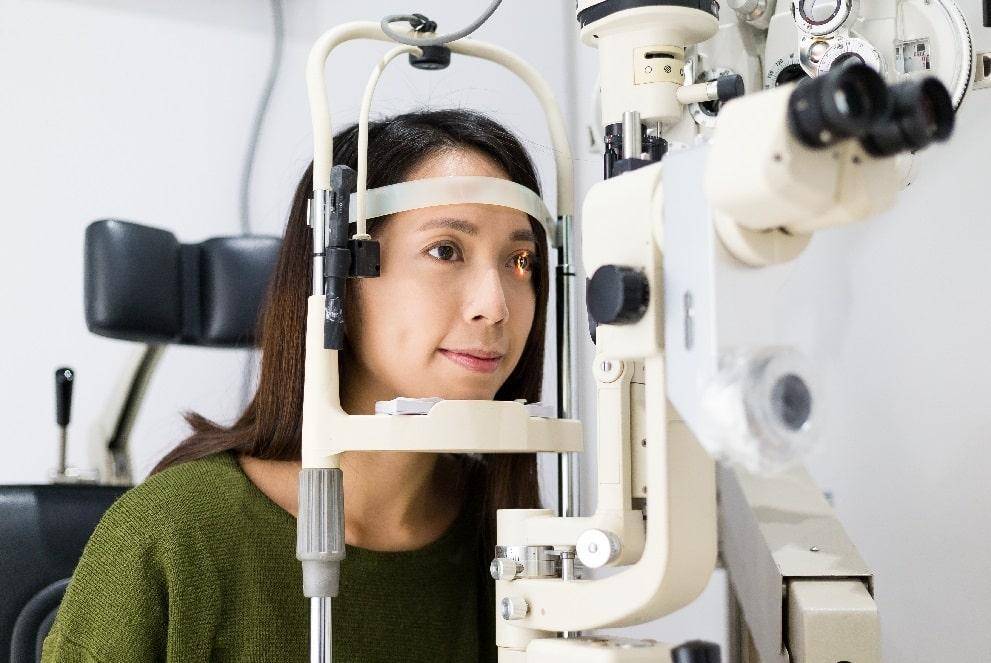
Regular Eye Exams: A Key to Preventive Care
Regular eye exams are an essential component of maintaining optimal vision and overall health.These check-ups enable eye care professionals to detect potential issues before they become serious problems.By examining the eyes thoroughly, practitioners can identify conditions such as glaucoma, macular degeneration, and diabetic retinopathy, which frequently enough develop without noticeable symptoms.
During an eye exam, various tests are conducted to assess vision clarity and eye health.These tests may include:
- Visual Acuity Test: Measures how well you see at different distances.
- Refraction Assessment: Determines the need for prescription lenses.
- Intraocular Pressure Test: Screens for glaucoma by measuring pressure inside the eye.
- Retinal Examination: Allows doctors to view the back of the eye for any abnormalities.
For adults and children alike, the frequency of these exams can vary based on age and eye health history. Here’s a simple guideline:
| Age Group | Recommended Exam Frequency |
|---|---|
| Children (0-18 years) | Every 1-2 years |
| Adults (19-64 years) | Every 2 years |
| Seniors (65+ years) | Annually |
In addition to detecting vision problems, eye exams can reveal signs of systemic health issues, including hypertension and diabetes. this connection illustrates the significant role eye health plays in your overall well-being, making regular check-ups a preventive measure worth prioritizing.
Ultimately, committing to regular eye exams empowers individuals to take control of their eye health journey. By staying proactive, you can not only improve your vision but also safeguard against potential ailments that could impact your quality of life. Don’t wait for discomfort or changes in sight; schedule your next eye exam today!

Protecting Your Eyes from Environmental Hazards
In an age where environmental pollutants are rampant and screen time is on the rise, taking proactive steps to safeguard your eyesight is crucial. Many everyday elements can lead to serious eye problems if not properly managed. Understanding these hazards is the first step to effectively protecting your vision.
One of the most significant culprits affecting eye health is ultraviolet (UV) radiation. Prolonged exposure to UV rays can lead to cataracts and macular degeneration. Wearing high-quality sunglasses that have 100% UV protection is essential, especially when spending extended hours outdoors.Look for sunglasses that cover the entire eye area and consider styles that wrap around for added protection.
Additionally, indoor pollution, such as smoke, dust, and chemical fumes, can also take a toll on your eyes. Here are some effective measures to minimize exposure:
- utilize air purifiers to reduce airborne toxins.
- Regularly clean your living space to eliminate dust and allergens.
- Avoid smoking and limit exposure to second-hand smoke.
When it comes to screens, the blue light emitted by digital devices has raised concerns regarding its impact on eye health. It’s wise to incorporate the 20-20-20 rule—every 20 minutes, take a 20-second break and focus on something at least 20 feet away. Additionally, consider using blue light blocking glasses or applying screen protectors designed to filter this troublesome light.
lastly, being aware of your environment also includes planning for seasonal factors, such as harsh winds, dry air, and allergens. During these times, it might potentially be beneficial to use protective eyewear or even artificial tears to keep your eyes lubricated. Build a habit of keeping eye care essentials handy, just like you would with sunscreen on a bright day.
the Benefits of a Healthy Lifestyle beyond Vision
Adopting a balanced lifestyle has far-reaching advantages that extend beyond simply sharpening your vision. Engaging consistently in physical activity supports not only eye health but also uplifts your overall well-being. A rich tapestry of exercises, from aerobic workouts to strength training, has been shown to enhance blood circulation. This increased circulation is vital, as it ensures that essential nutrients are delivered efficiently to your eyes, reducing the risk of conditions like macular degeneration.
Nutrition plays a pivotal role in maintaining optimal eye function and protecting against various ailments. Consuming a diet rich in vitamins and minerals—especially those high in zeaxanthin, lutein, and omega-3 fatty acids—is indispensable. Consider incorporating foods such as:
- Leafy greens (spinach, kale)
- Citrus fruits (oranges, lemon)
- fatty fish (salmon, sardines)
- Nuts and seeds (walnuts, flaxseeds)
Adequate hydration is another cornerstone of a healthy lifestyle that benefits your eyes. Drinking sufficient water helps in maintaining optimal moisture levels in your body, including the eyes. Dehydration can lead to dry eyes, which can be uncomfortable and distracting. Establishing a routine for consuming water throughout the day can foster not just eye comfort, but also enhance skin health and support vital organ function.
Moreover, a healthy lifestyle promotes better mental health, which can influence how you perceive and engage with the world around you.Activities like meditation and yoga can reduce stress levels significantly, leading to less eye strain and fatigue. Both practices encourage mindfulness,helping individuals to focus on their overall wellness,which is a key factor in vision health as well.
Here’s a brief overview of how a healthy lifestyle can impact different areas of health:
| Aspect | Positive Impact |
|---|---|
| Physical Activity | improves circulation and nutrient delivery |
| Nutrition | Strengthens eye defense mechanisms |
| Hydration | Prevents dry eyes and maintains moisture |
| mental Well-being | Reduces eye strain and fatigue |
By adopting measures that prioritize not only eye health but your entire lifestyle, you can enjoy a rich, fulfilling life with enhanced vitality and resilience against various health challenges.Embracing these holistic practices is paramount in fostering not just clearer vision, but a zest for life that permeates every aspect of your daily routine.
Q&A
Q&A: Effective Ways to Improve Eye Health
Q1: Why is maintaining eye health significant?
A: Maintaining eye health is crucial as our eyes are essential for daily activities and overall quality of life. Good vision allows us to participate in work, enjoy leisure activities, and navigate the world around us. Moreover, eye health can be an indicator of overall wellness, helping to detect early signs of conditions like diabetes or hypertension.
Q2: What are some daily habits that can help improve eye health?
A: Simple daily habits can make a significant difference. Start by following the 20-20-20 rule: every 20 minutes, take a 20-second break to look at something 20 feet away. This can reduce digital eye strain. Additionally, maintaining a balanced diet rich in fruits and vegetables, particularly leafy greens and those high in omega-3 fatty acids, can support eye health.
Q3: How does screen time affect our eyes?
A: Prolonged screen time can lead to digital eye strain, characterized by symptoms like dryness, irritation, and discomfort. Blue light emitted from screens may also disrupt sleep patterns. To mitigate these effects, consider using screen filters, adjusting your workspace lighting, and practicing regular breaks as previously mentioned.
Q4: What role does hydration play in eye health?
A: staying hydrated is vital for maintaining healthy body functions, including eye moisture. Proper hydration helps to prevent dry eyes,ensuring that the body produces adequate tears and eye lubricants. Aim for at least eight glasses of water a day, adjusting according to activity level and climate.
Q5: Are there specific nutrients that support eye health?
A: Absolutely! Nutrients like lutein, zeaxanthin, vitamin C, vitamin E, zinc, and omega-3 fatty acids are known to benefit eye health.Foods such as kale, spinach, carrots, oranges, nuts, and fish should be incorporated into your diet to provide these essential nutrients.
Q6: How often should one get eye exams?
A: Regular eye exams are key to maintaining eye health. It’s generally recommended to have a extensive eye exam every one to two years, though individuals with specific risk factors may need more frequent check-ups. Early detection of issues can help in preventing serious eye problems.
Q7: Can eye exercises improve vision?
A: While eye exercises won’t significantly change vision quality, they can definitely help alleviate discomfort caused by fatigue or strain. Simple exercises like blinking more frequently, rolling the eyes, or focusing on objects at varying distances might help to relax the eye muscles and reduce feelings of fatigue.
Q8: What lifestyle changes can positively influence eye health?
A: Several lifestyle changes can contribute to better eye health. Quitting smoking, managing chronic health conditions like diabetes, and ensuring adequate sleep are all beneficial. Additionally, wearing sunglasses to protect against UV rays when outdoors is imperative to prevent long-term damage.
Q9: Are there any preventive measures to consider?
A: Yes! To prevent eye injuries, especially for those involved in sports or activities with potential hazards, wearing protective eyewear is crucial. Moreover, managing environmental factors, such as reducing exposure to smoke or pollutants, can greatly benefit eye health.
Q10: What’s the takeaway for those seeking to improve their eye health?
A: The key takeaway is to adopt a holistic approach: prioritize regular eye exams, maintain a nutritious diet, practice good screen habits, stay hydrated, and protect your eyes from harmful environmental factors. Small,consistent changes can lead to significant improvements in your eye health over time.
Wrapping Up
prioritizing eye health is not merely an option but a necessity in today’s visually demanding world.by adopting simple yet effective practices—such as maintaining a balanced diet, taking regular breaks from screens, and scheduling routine eye examinations—you can significantly enhance your ocular well-being. Remember, your eyes are your windows to the world; keeping them healthy is a proactive investment in your overall quality of life. As you embark on this journey towards better eye care,consider it not just as a fleeting endeavor but as an ongoing commitment to yourself. After all, a clearer vision today paves the way for brighter tomorrows.


